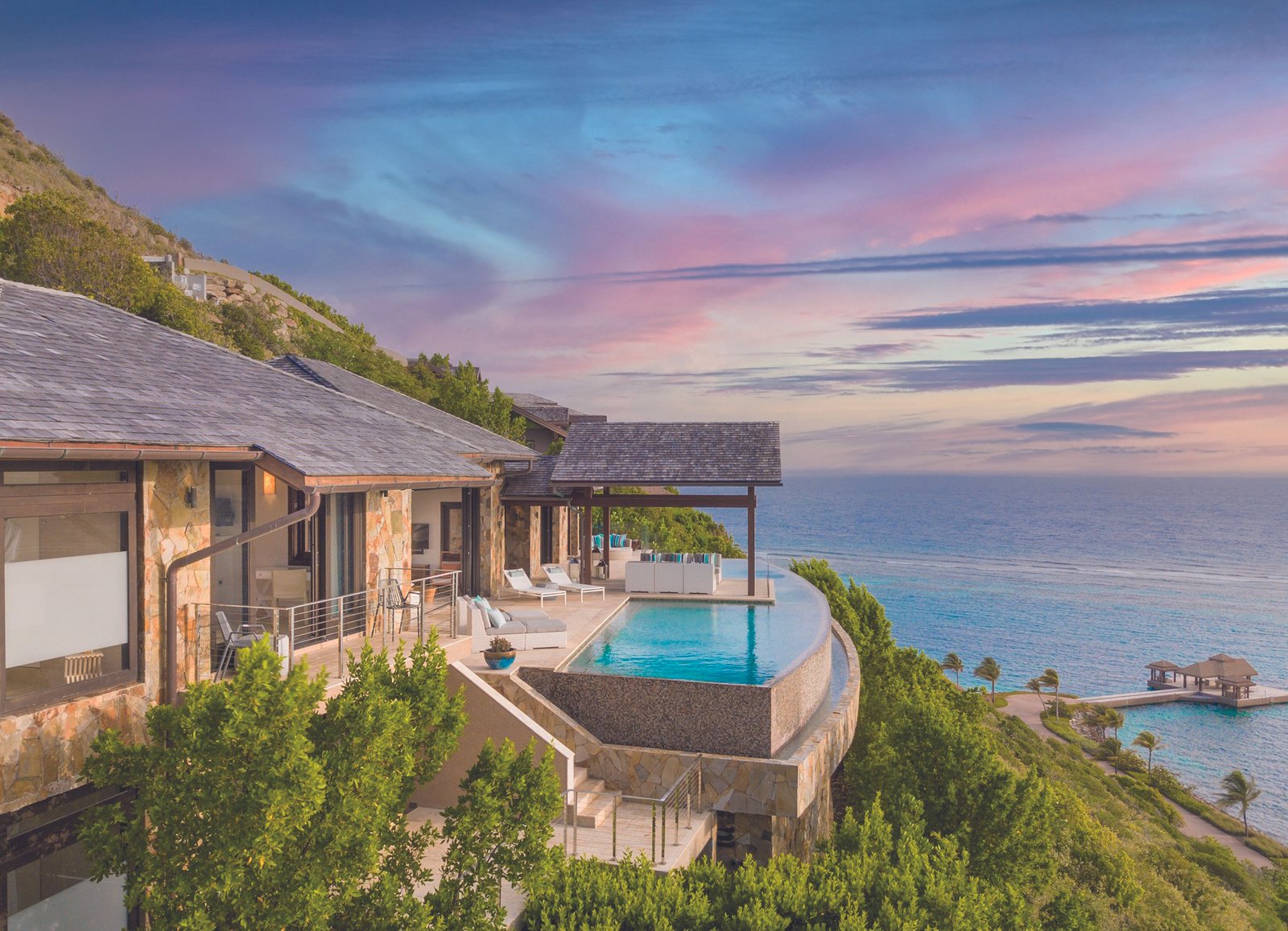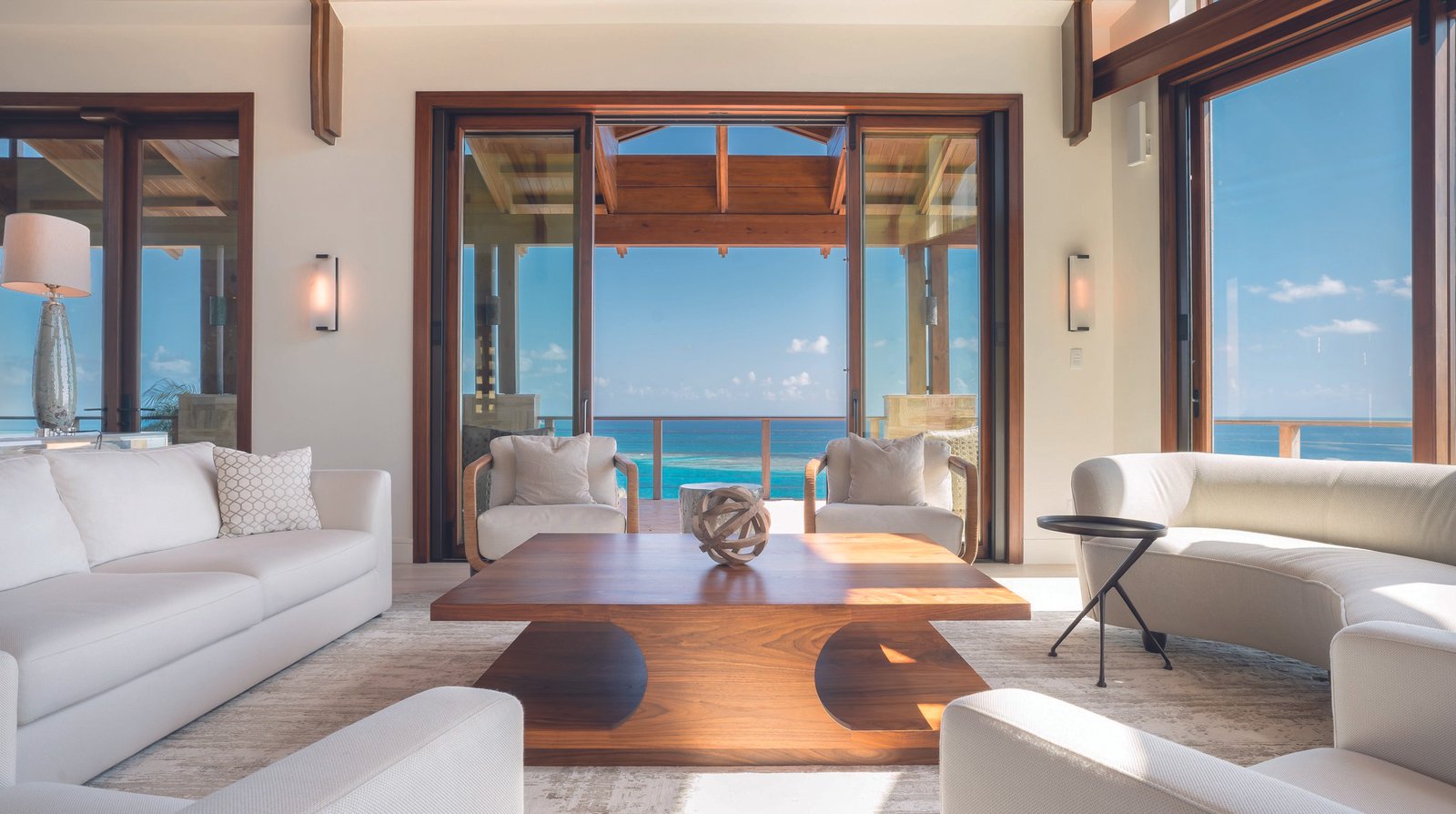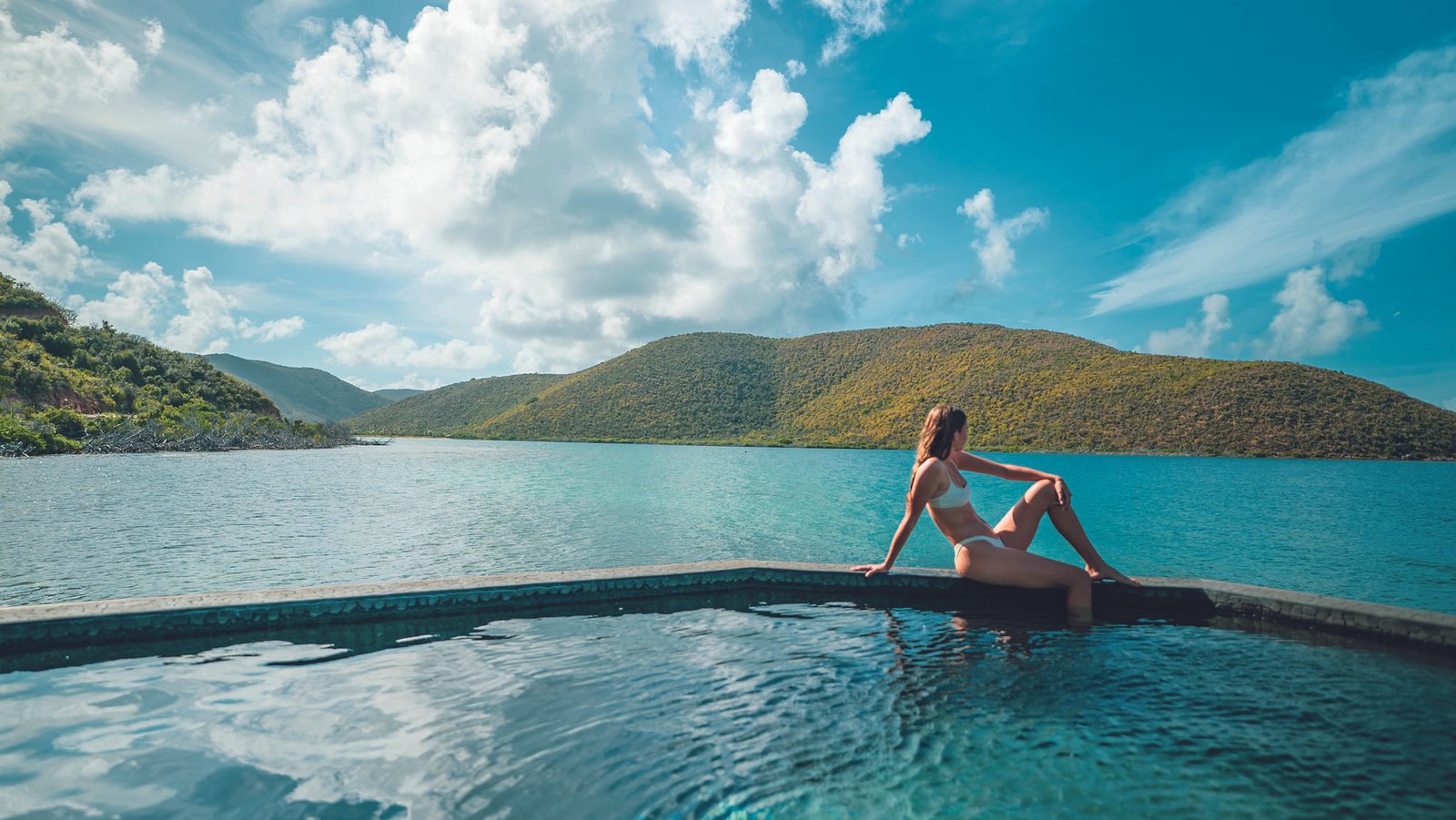Lighter footprint, deeper purpose within the Caribbean
From the rainforest villas to reef-friendly retreats, Caribbean resorts are redefining indulgence by blending supreme comfort with environmental care, says Narendra Ramgulam

Luxury travel in the Caribbean is undergoing a quiet transformation. Where once it was defined by opulence and excess, a new ethos is emerging – one that fuses high-end comfort with ecological responsibility. Discerning travellers are increasingly seeking meaning, authenticity, and sustainability in their experiences. Resorts are responding across the region.
Between 1995 and 2019, the Caribbean’s tourism arrivals more than doubled, growing from 8.6 million visitors to nearly 20 million annually. While this boom fuelled economic growth, it also brought environmental strain. Carbon emissions in the region rose sharply – from 1.4 tonnes of CO2 per capita in 1960 to over 5 tonnes CO2 in 2019. In destinations like Dominica and Saint Lucia, tourism is estimated to account for up to 97% and 70% of national emissions, respectively, according to a 2022 report by the IMF.
As the impact of climate change becomes more severe, luxury travel in the Caribbean is positioning sustainability front and centre – not as an added bonus, but as a defining feature.
Confronting the carbon footprint
A 2021 study in Nature Climate Change revealed that tourism in the Caribbean generates around 1kg of CO2e per US dollar spent – 25% more than the global economic average. In luxury resorts, this figure can climb significantly. A 13-night stay may generate over 200kg of CO2e per guest, especially when factoring in long-haul flights, imported food, and energy-intensive amenities.
This poses a paradox for island economies where tourism is both lifeblood and liability. Research from the IMF suggests that a 10% increase in climate vulnerability can reduce visitor earnings by 9%. For destinations like Aruba, losses linked to resource overuse and overtourism are already evident.
Icons of ecoluxury
However, challenges bring new opportunities, and some of the Caribbean’s most prestigious properties are leading the way into an era of ecoluxury, including:
Jade Mountain: A striking hilltop sanctuary in Saint Lucia with sweeping views of the Pitons, Jade Mountain integrates sustainable design at every level. Suites are open to the elements, promoting passive cooling. Locally quarried stone and certified wood reduce embodied emissions. On-site solar panels, rainwater systems, and an organic farm allow guests to unwind with a minimal footprint.
Rosewood Little Dix Bay: This reimagined Rockefeller-era hideaway on Virgin Gorda (BVI) employs solar energy, composting systems, and organic gardens to eliminate single-use plastics and reduce waste.
Oil Nut Bay: Also in the British Virgin Islands, spanning 400 acres, this enclave features LEED-certified villas, electric vehicles, and solar desalination. Half the land is preserved for conservation.

Secret Bay: Nestled in the jungle of Dominica, this Green Globe-certified resort features villas made from sustainably harvested timber and powered by renewable energy. Coulibri Ridge: This off-grid marvel in Dominica is powered by sun and wind. Its rainwater-harvesting, composting toilets, and plastic-free model exemplify circular design. Eco-consciousness is extending beyond isolated properties, with these following destinations offering a highly attractive proposition.
Hermitage Bay: Located on Antigua, Hermitage Bay combines rustic elegance with solar-powered systems and organic dining.
Belle Mont Farm: This idyllic destination on St. Kitts doubles as a working farm, offering guests immersive agricultural experiences.
Petit St. Vincent: This picture-perfect resort in St. Vincent and the Grenadines prioritises marine conservation, solar energy, and plastic elimination while delivering barefoot luxury.
The luxury of resilience
The vast majority of Caribbean tourism infrastructure lies within 800 meters of the coast placing it at direct risk from rising seas, hurricanes, and erosion. In response, many luxury resorts are embracing resilience as part of their brand identity.
Mangrove restoration, reef conservation, and sustainable landscaping are not just environmental buffers, they’re becoming central to the guest experience. By investing in renewable energy and adaptive architecture, these properties reduce both emissions and long-term operational risks.
Green value
Today’s luxury travellers are increasingly willing to pay more for eco-certified properties. Certifications such as LEED, EarthCheck, and Green Globe offer credible benchmarks, while several governments including Barbados and Grenada are introducing incentives for sustainable tourism investment.
Sustainability is no longer a niche, it’s a market expectation. It also preserves the very natural and cultural heritage that draws visitors to the Caribbean in the first place.

From Saint Lucia’s volcanic ridges, to the untouched cays of the Grenadines, sustainable luxury is setting a new standard. It’s not about sacrifice, it’s about synergy. Guests can experience privacy and pampering while contributing to conservation and community resilience. Ultimately, Caribbean resorts are blending upscale comfort with environmental care, setting a new standard for responsible travel.
As the region navigates the dual imperatives of economic recovery and climate adaptation, its luxury tourism sector is offering a blueprint. The message is clear: protecting paradise is the ultimate indulgence.
Further information – onecaribbean.org
About the author

Narendra Ramgulam is Deputy Director of Sustainable Tourism at the Caribbean Tourism Organization.
